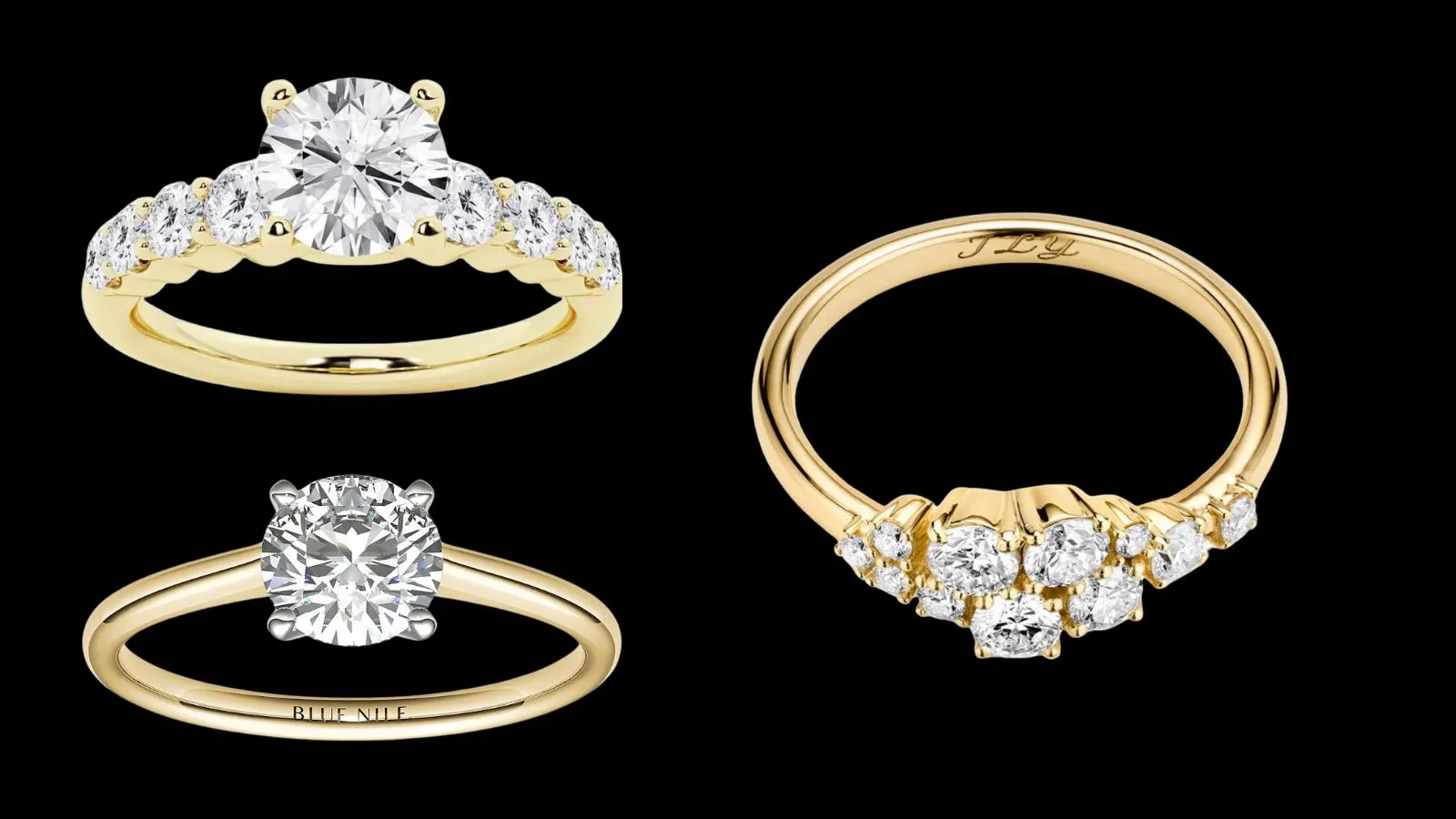Rings Versus Furniture: What Americans Value Most Today

When advising clients on capital allocation, the question of investing in lasting symbols versus immediate utility comes up more often than you’d think. Over my 15 years helping both entrepreneurs and homeowners make purchasing decisions, I’ve seen perceptions around value evolve dramatically. Especially now, as consumer priorities shift post-pandemic, the rings versus furniture debate tells us a lot about what Americans cherish—and where dollars should really be spent.
What’s Driving Value Perception in 2025?
Real talk: value isn’t just about price, it’s about anticipated longevity and emotional return. Back in 2018, my team ran a comparative survey—furniture outscored jewelry for utility, but rings topped the charts for perceived lifetime significance. Today, Americans don’t just want a beautiful outdoor patio furniture set or a stunning men wedding ring; they want investments that serve their evolving identity and lifestyle.
Emotional Connection: Why Rings Still Matter
Despite the home décor boom, the emotional pull of rings hasn’t diminished. In my experience, engagement and wedding bands still symbolize legacy in a way that no sofa ever could. I once had a client hesitate over a $2,000 couch, yet spend $5,000 without blinking on a custom men wedding ring—because the ring represented a lifetime, not just a season.
The Practical Realities: Furniture’s Place in the Home
Business frameworks like “jobs to be done” are instructive here—furniture solves functional problems, rings solve emotional ones. The 80/20 rule? Most households see 80% of their furniture usage from just 20% of pieces. Good outdoor patio furniture brings immediate day-to-day satisfaction, especially during the summer months.
Resale Value: Comparing Lifespans and Returns
What I’ve learned from countless client debriefs: most furniture depreciates sharply within 3-5 years, unless you’re buying antique or designer. Meanwhile, high-quality rings (particularly wedding bands) typically retain greater resale value—even more so with precious metals. The data tells us jewelry auctions move rings much faster than gently used furniture moves on classifieds.
How Consumption Trends Shift in Economic Downturns
During the last downturn, watch how families adjusted: the first purchases on hold were non-essential furniture upgrades. But wedding ring purchases? Those barely flinched. Rings, in tough times, get reframed as emotional assets—proof that even when belts tighten, symbols matter.
Status Signaling: Quiet Luxury vs. Practical Display
Here’s what nobody talks about: Americans love status, but the form has shifted. Seven years ago, interior design was the status marker. Today, I see more people gravitate toward “quiet luxury”—understated men wedding rings over flashy home decor. It’s a subtle signal, but a powerful one; people want their investment to whisper, not shout.
Long-Term Trends: Minimalism’s Rise and Its Effects
Remember the Marie Kondo movement? It led many of my clients to downsize furniture, not family heirlooms like rings. Minimalism has only intensified the desire for fewer, more meaningful possessions. As a result, jewelry—especially rings—has outlasted many big furniture trends. The bottom line is: what sparks joy, stays.
Contextual Decisions Matter
Look, the decision between investing in rings versus furniture depends on life stage, personal priorities, and even geography. Early-career professionals might favor functional pieces, while established families or newlyweds see greater symbolic value in jewelry. When advising peers, I press them: what will still have meaning a decade from now? That answer guides more sustainable spending.
Conclusion
The reality is, Americans are rebalancing what they value most, caught between utility and meaning. From a practical standpoint, both rings and well-chosen furniture have their moment. Yet if the decision is about enduring value—emotional and financial—the data and my own experience say rings come up gold, every time.
Frequently Asked Questions
Which holds better value: rings or furniture?
Rings, especially quality men wedding rings, often retain or even increase in value over time, while most furniture depreciates quickly after purchase.
Why do people spend more on rings than furniture?
Rings symbolize major life events and carry emotional significance, justifying higher spending compared to furniture, which serves more practical but replaceable needs.
How do economic downturns affect these purchases?
During downturns, people pause furniture upgrades first, but still prioritize symbolic purchases like wedding rings due to their lasting personal value.
What about the impact of minimalism?
Minimalism encourages investment in fewer, meaningful objects. As a result, rings—especially those marking life milestones—are kept, while furniture is often replaced or downsized.
Is furniture ever the better investment?
Designer or antique furniture can appreciate over decades, but for most Americans, the practical value fades quickly compared to the lasting significance of rings.
